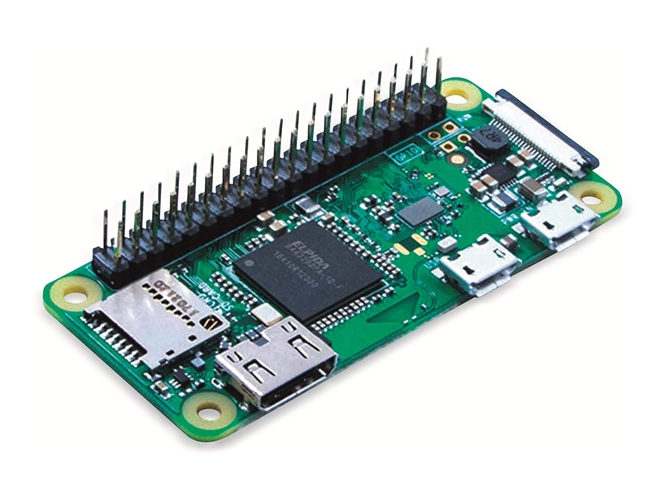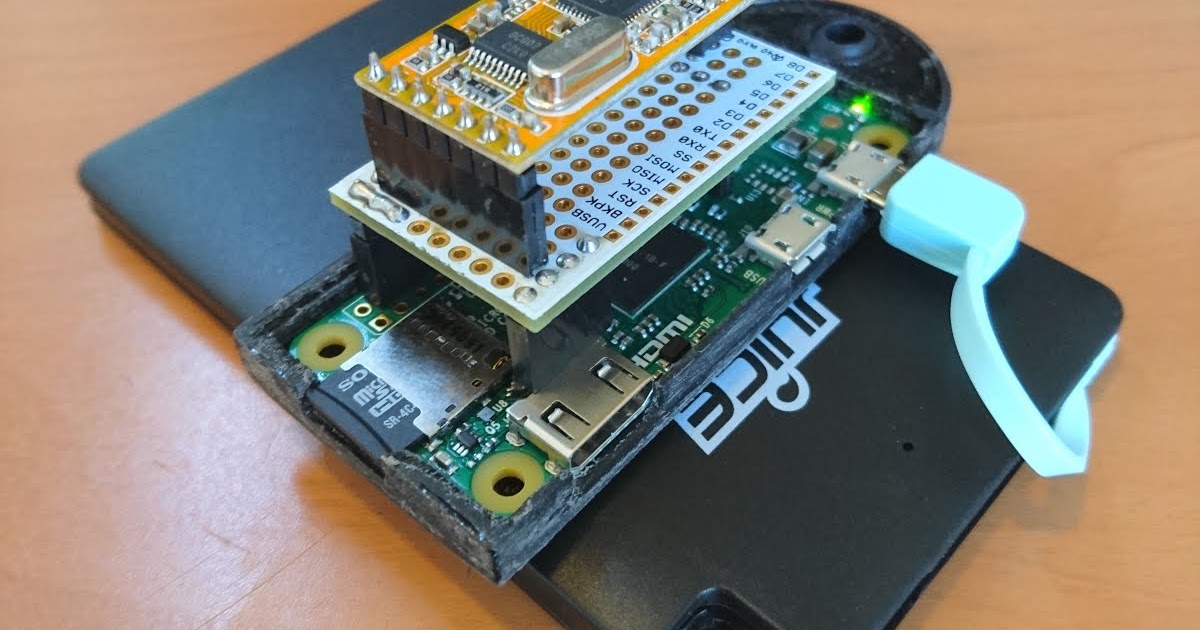


I have a couple of basic requirements for anything I add to it: It shouldn’t break the bank, and I don’t want any cloud features. I also want to see the Camera I have connected to my other Raspberry Pi Zero W and have a livestream of that on the Dashboard.For the last few months I’ve been slowly building out my home automation system, based on Home Assistant. Personally I have to find out how to interact with MQTT, connect multiple Raspberry’s and let them communicate with each other. Once set up, installed and configured your favorite add-ons, it’s best to back up your configuration. To install some, click on “Supervisor” in the sidebar and go to “Add-on Store” Snapshot your system config Terminal & SSH (remote login through SSH via browser).Spotify Connect (Play Spotify music on your Hass device).Hey Ada! (Privacy focused Voice assistant).File Editor (browser-based file editor).Duck DNS (Dynamic DNS service to access your Hass dashboard outside of your home).AirCast (stream audio to your Chromecast from an iOS device).These are a few with which I’m experimenting: Once the main user is set up, you can install add-ons and personalize your Hass dashboard. Refresh the main page at homeassistant.local:8123 and continue the setup of your Homeassistant user. Wait until the installation finishes, it takes about 15-20’. Optionally, setup a CONFIG/network/my-network with your WiFi network conf in the hassos-boot partition of the SD Card Installation Insert the SD Card and Connect the Pi to Ethernet. It’s as simple as selecting the Image ( img.gz is fine, gets decompressed on the fly), select the volume (32GB+ SD Card or alternatively USB Stick) and click “Flash”. Use the Raspberry Pi 4 Model B 32bit image instead of the 64bit version Preparationĭownload the system image from here based on your Raspberry Pi model.įlash the hassos_rpi4-4.8.img.gz using Balena Etcher. I recommend installing the Hass OS on a Raspberry Pi 4 with an SD Card of at least 32GB. Open source home automation that puts local control and privacy first Home-assistant.io is the latest great tool I discovered, it’s simply a beautiful piece of technology.


 0 kommentar(er)
0 kommentar(er)
